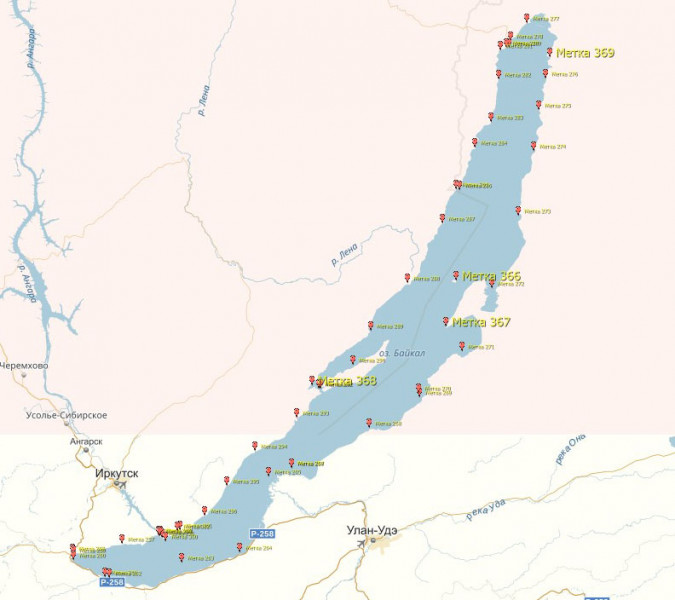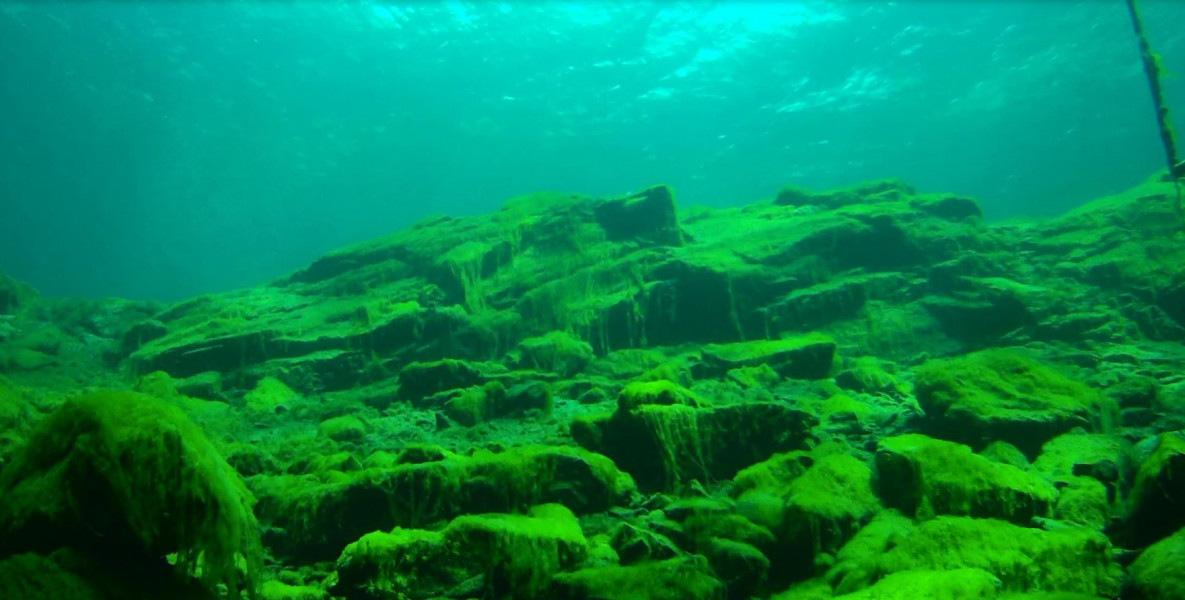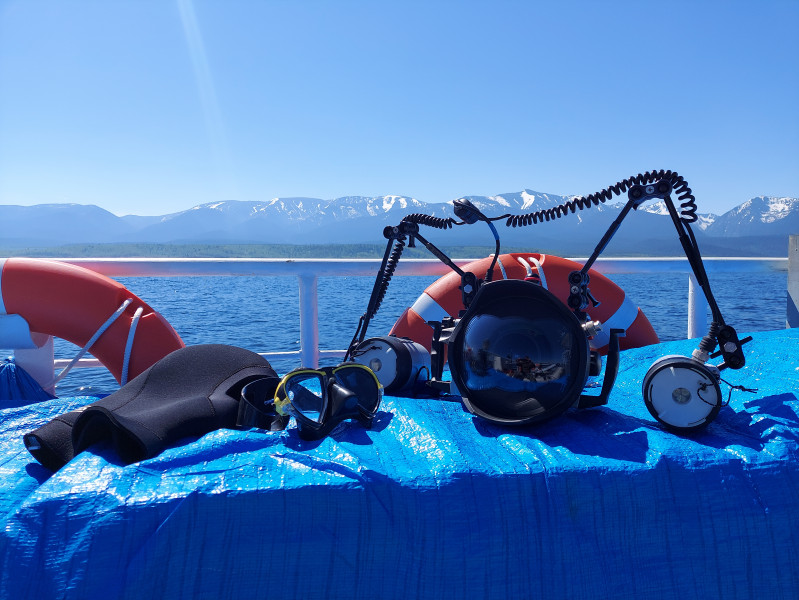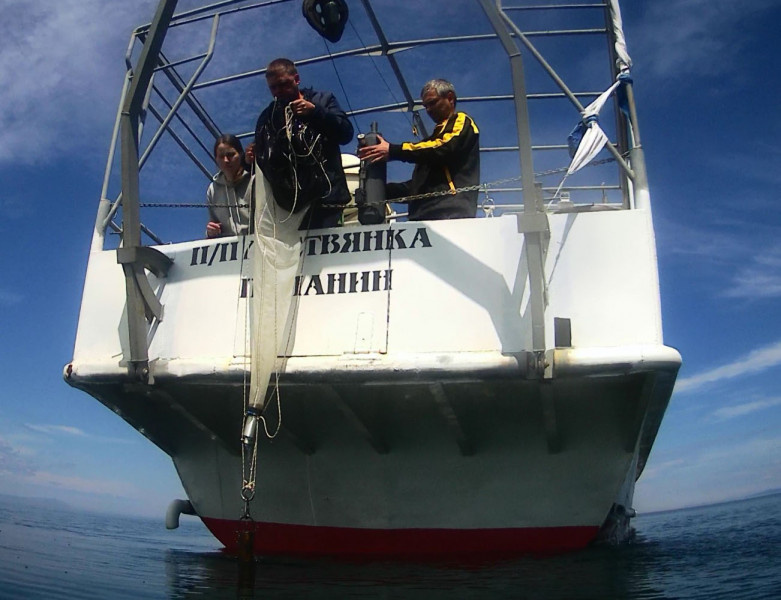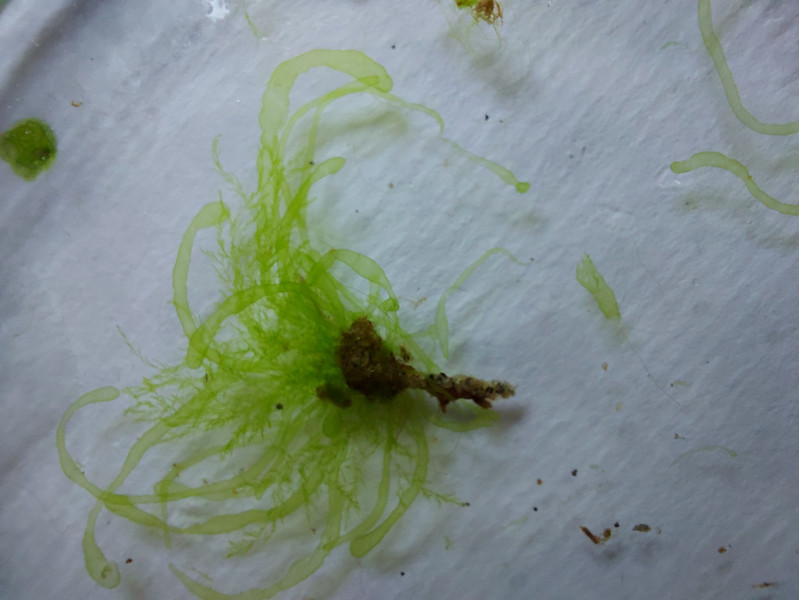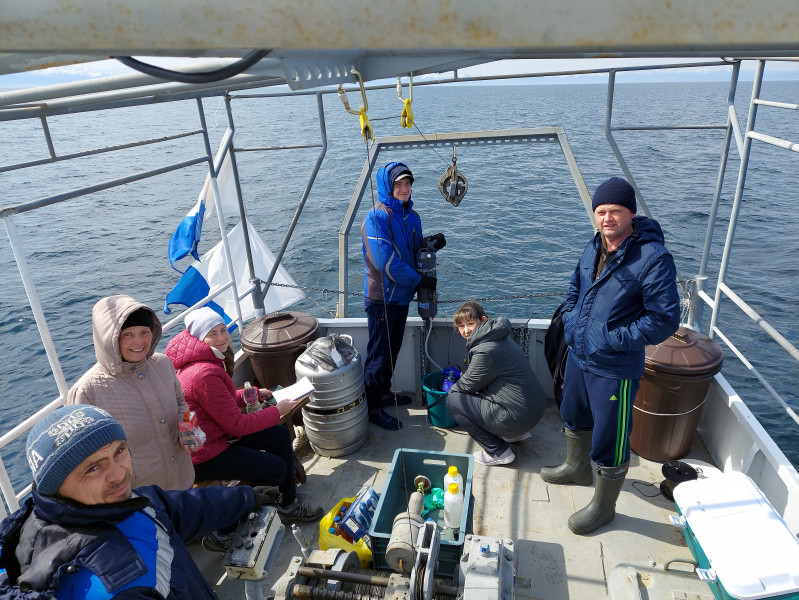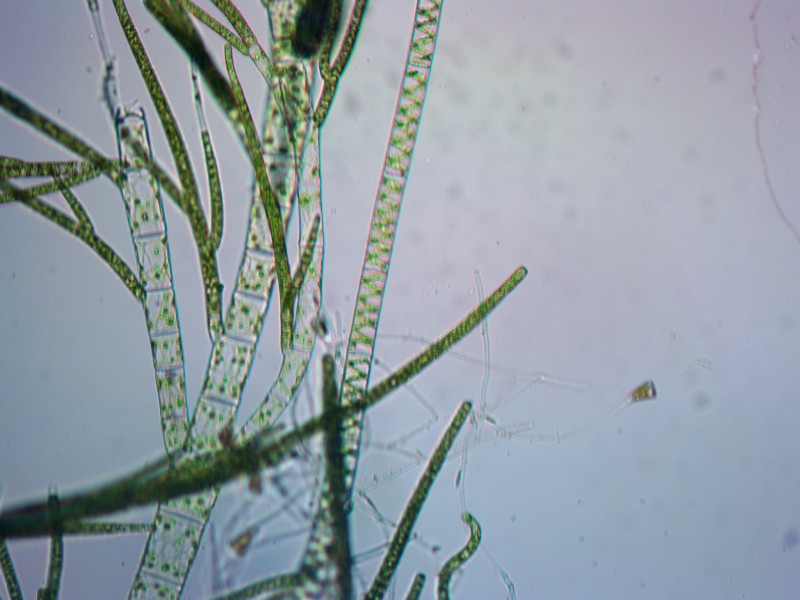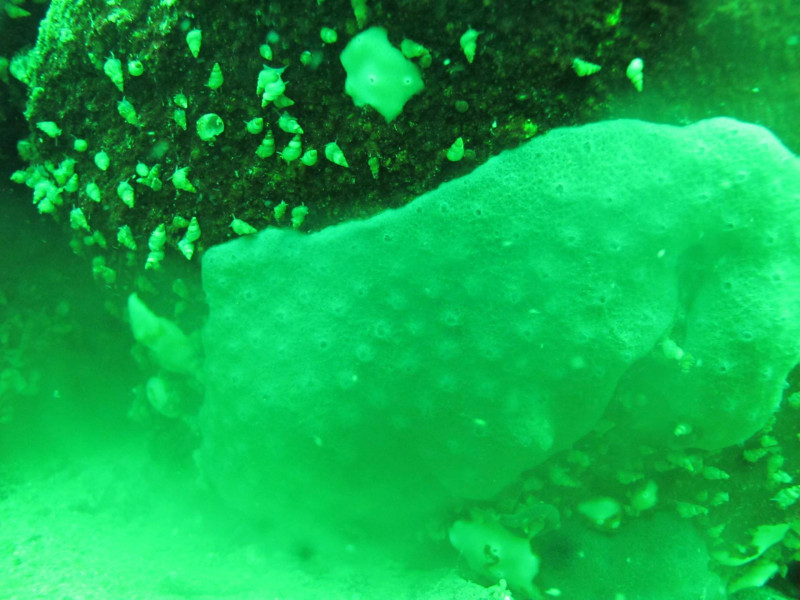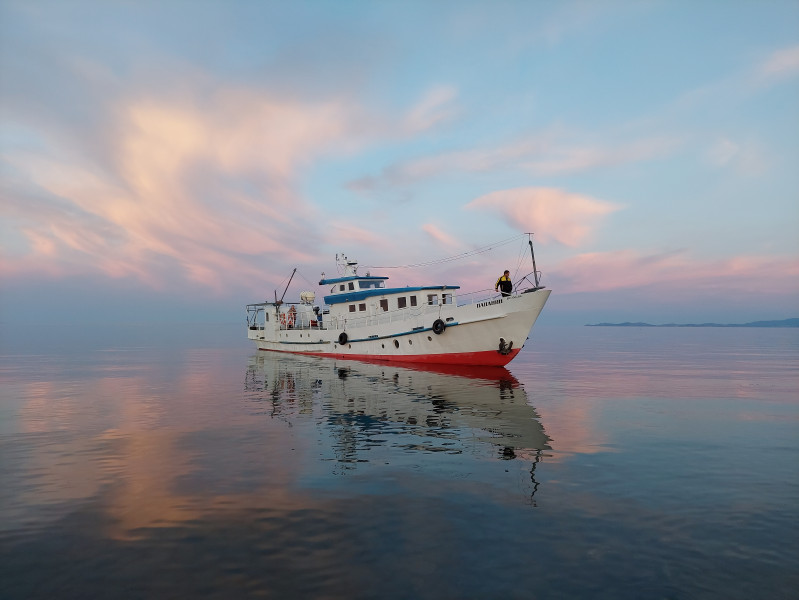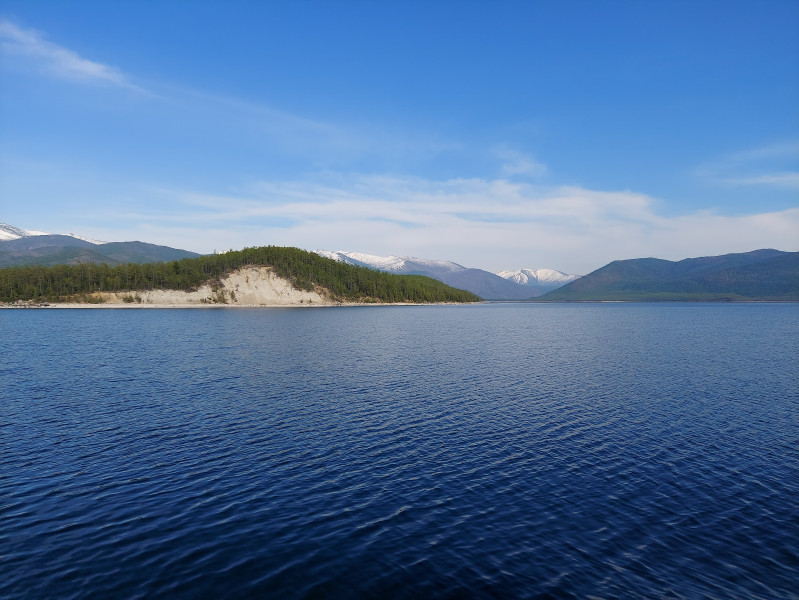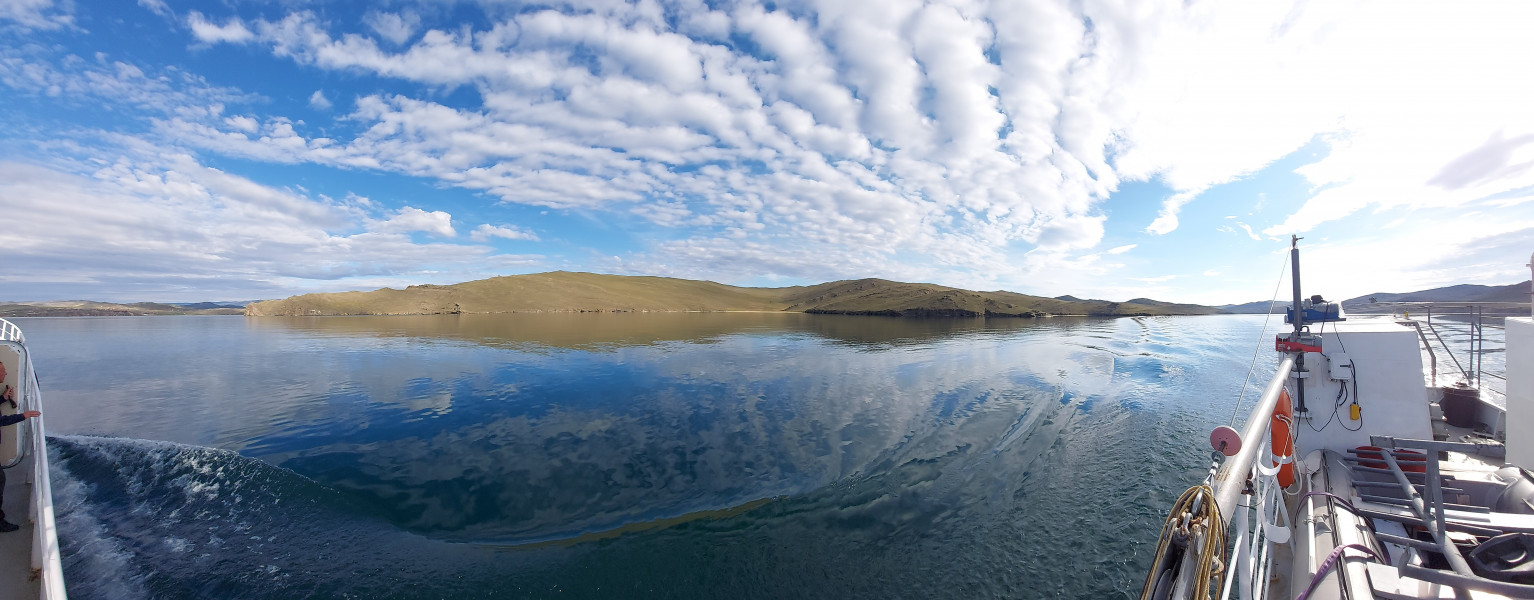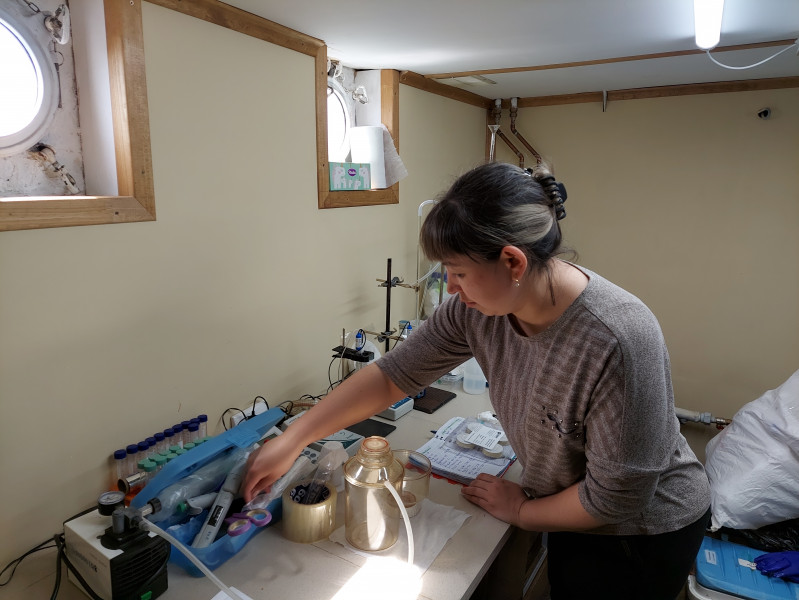Expedition to study Lake Baikal shallow water zone was performed from May 31 till June 10, 2021
An expedition to study Lake Baikal shallow water zone were performed from May 31 till June 10 on board of R/V “Papanin” within the State Assignments “Studies of transformation of status of water bodies and flows in East Siberia in seasonal and long-term aspects in the context of climate changes, geological environment and anthropogenic impact” (Leader Dr. A.P. Fedotov) and “Studies of the influence of atmospheric precipitation onto water and land ecosystems of Lake Baikal, identification of atmosphere pollution sources” (Leader Dr. T.V. Khodzher).
The expedition tasks included studies of hydrochemical parameters of the shallow water zone, phyto- and zooplankton, distribution new generation pollutants, and mapping of underwater vegetation landscapes. Each 30-50 km of Lake Baikal shoreline was sampled. The minimal water temperature (1.7°С) was found near cape Ryty, and the maximal one (14,7°С) was recorded at the area of Selenga shallow water. In average, water in sampling points was 1-3°С colder compared to 2020.
According to preliminary data, representative of the genera lacoseira and Stephanodiscus dominated planktic diatoms, while in 2020 dominant species were Synedra acus and Dinobryon cylindricum. A shift of typical Baikal vegetation belts of Ulothrix and Tetraspora up to the depth of 25 m is observed in underwater communities, although before they rarely developed deeper than 5 m. The maximal shift of vegetation belts is observed in the area of Listvyanka.




